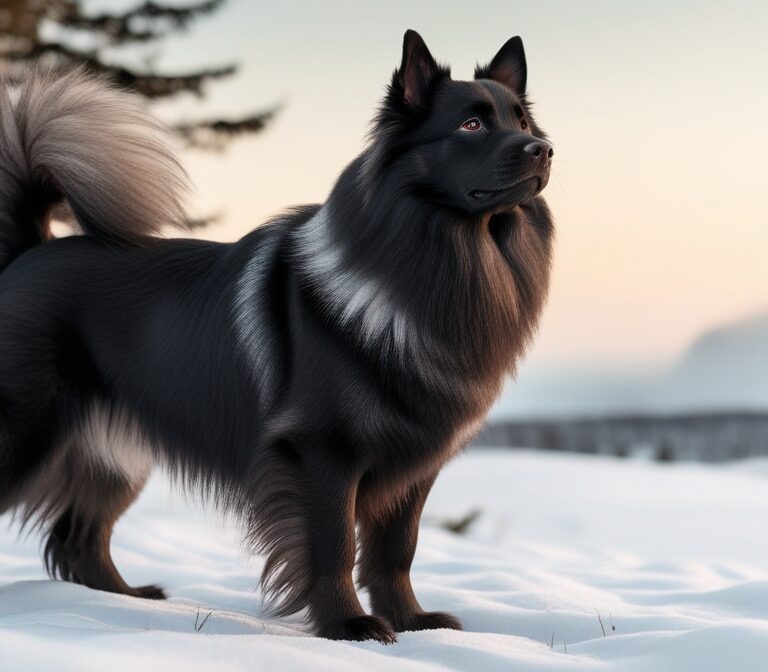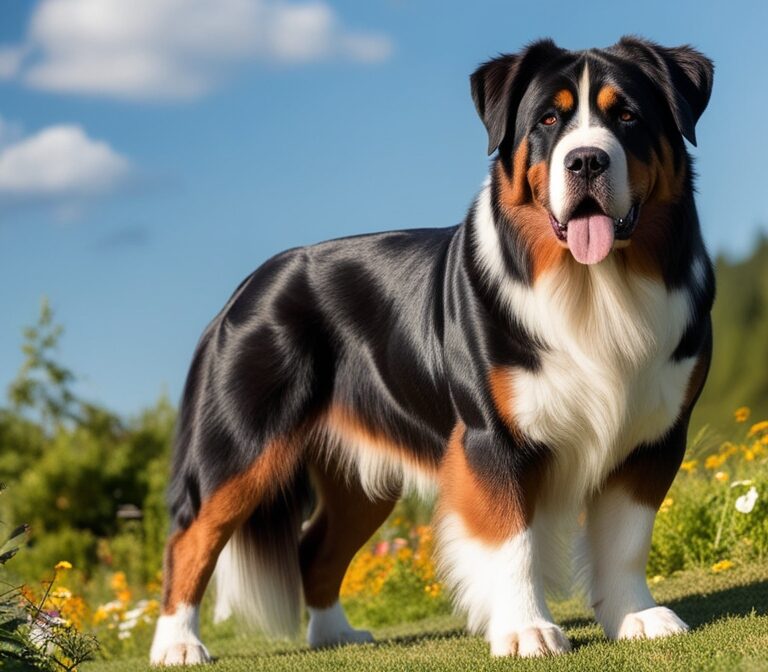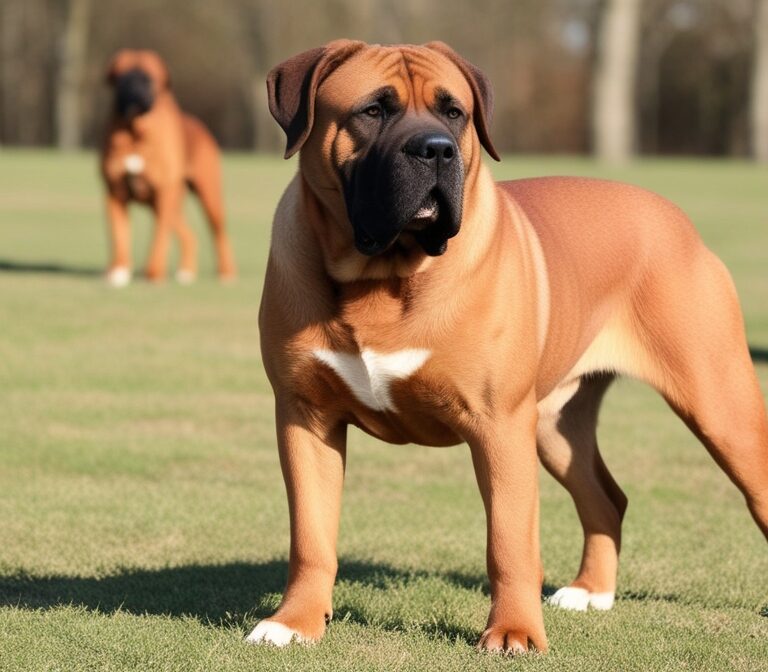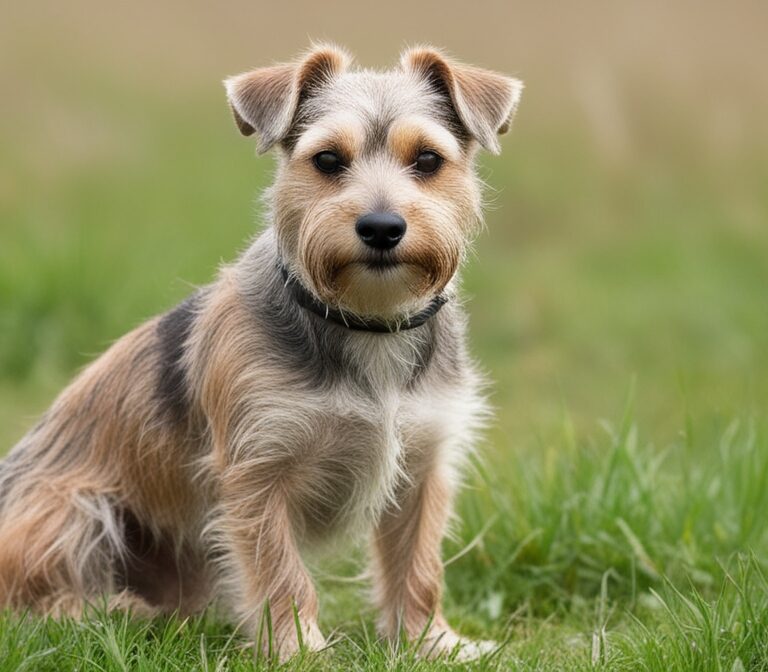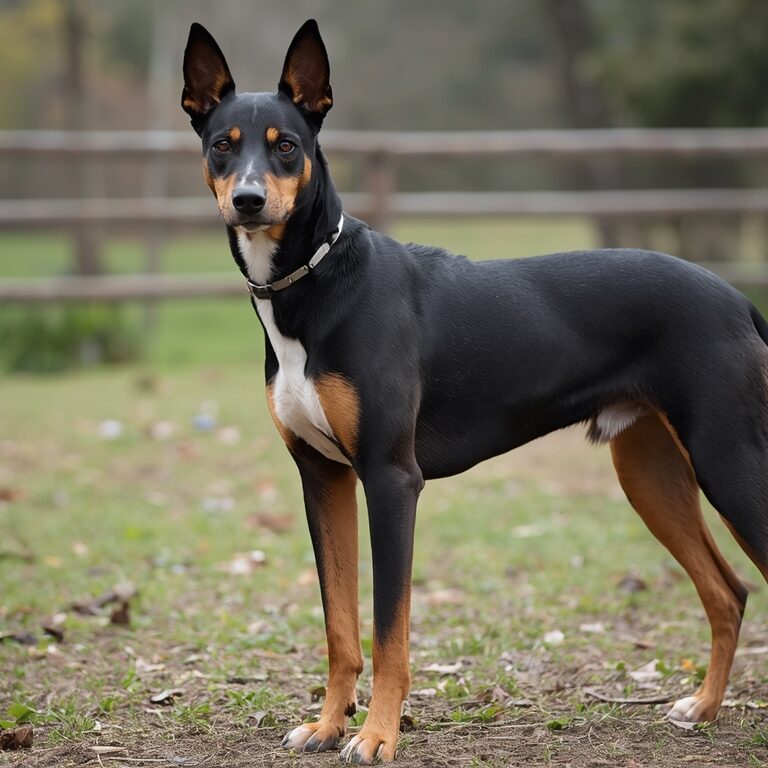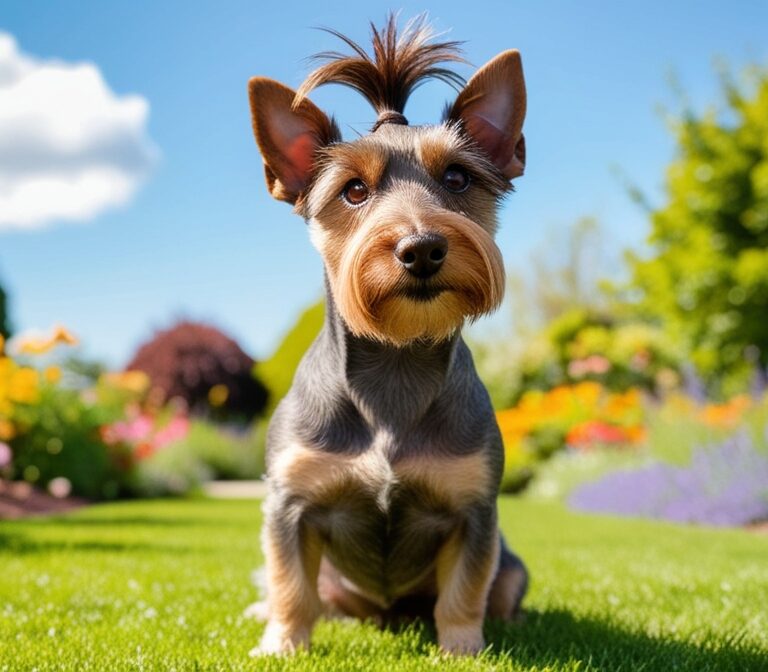The Ultimate Guide to the Great Dane: The Apollo of Dogs
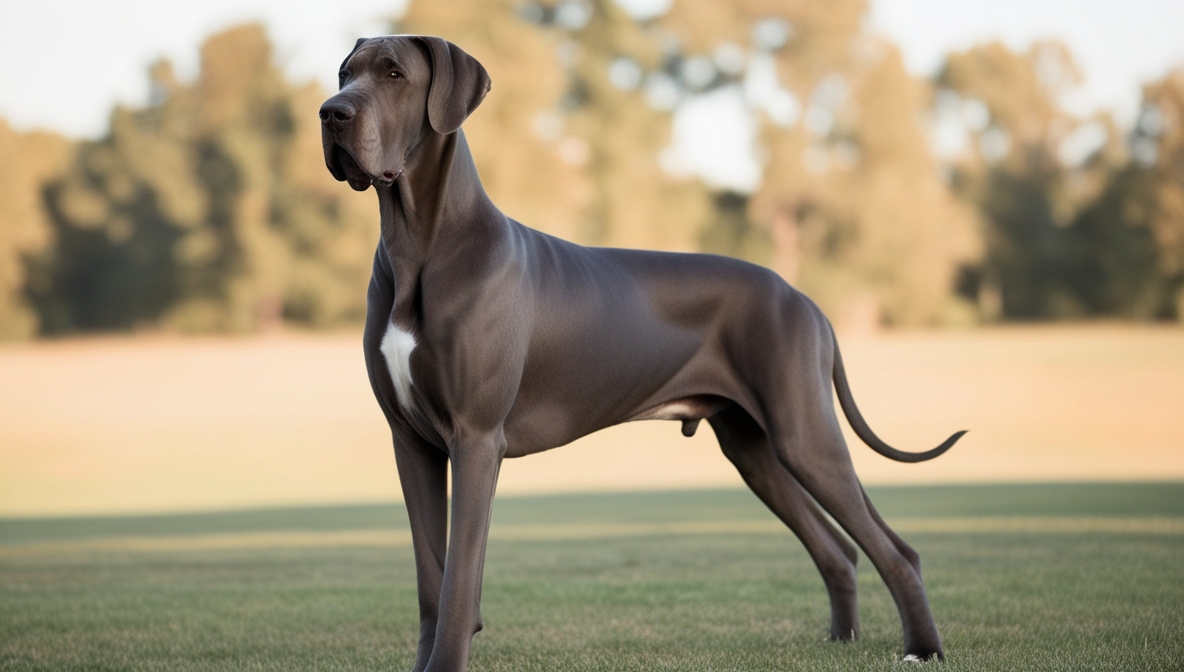
Introduction to the Great Dane
The Great Dane is one of the most iconic giant dog breeds in the world, often referred to as the “Apollo of dogs” because of its combination of size, grace, and elegance. Known for their towering height yet gentle temperament, these dogs embody the concept of a gentle giant. Recognized as a working breed by the American Kennel Club (AKC), Great Danes balance strength with affection, making them ideal companions for families and individuals who can accommodate their unique needs.
Unlike many large breeds that appear intimidating, the Great Dane is celebrated for its friendly nature, loyalty, and deep bond with owners. While they were historically bred as boarhounds and guard dogs, their role has shifted significantly toward being family protectors and companions. Today, they are highly sought after not only for their impressive stature but also for their emotional intelligence and adaptability in a home environment.
One of the most fascinating aspects of the Great Dane is its contrasting personality traits: although imposing in appearance, they often believe they are lap dogs, attempting to curl up on couches or lean against their humans for comfort. This duality—giant frame with a tender heart—is a defining feature of the breed.
In addition to their physical traits, Great Danes play an important role in pop culture, being represented by famous characters such as Scooby-Doo and Marmaduke. These depictions have helped cement their image as playful, loyal, and family-friendly dogs, further boosting their popularity across the globe.
However, owning a Great Dane requires serious consideration. Their size demands ample living space, their short lifespan (averaging 7–10 years) requires emotional preparation, and their health care costs can be significantly higher compared to smaller breeds. Proper nutrition, exercise, and training are essential for their well-being, and responsible ownership is key to ensuring they live happy, healthy lives.
In this detailed guide, we will explore every aspect of the Great Dane, from their history and characteristics to training tips, health care, and lifestyle requirements, so potential owners can make informed decisions about welcoming this magnificent breed into their home.
Origin and History of the Great Dane
The Great Dane has one of the most fascinating histories among dog breeds, blending elements of hunting tradition, noble guardianship, and cultural evolution. Despite its name, the breed did not originate in Denmark; its true roots trace back to Germany, where it was originally developed as a boarhound during the Middle Ages.
Historical records from the 16th century describe dogs resembling modern Great Danes, bred by crossing English Mastiffs with Irish Wolfhounds. The goal was to create a breed strong enough to hunt wild boars, yet agile enough to chase prey through forests. The result was a giant dog with muscular build, deep chest, and powerful jaws—traits that made it both a formidable hunter and a reliable protector.
By the 17th and 18th centuries, Great Danes had gained prestige among the European nobility. Wealthy landowners and aristocrats used them not only for hunting but also as estate guardians. Their commanding presence and dignified appearance made them a status symbol, often depicted in paintings alongside royals and noble families. These dogs were sometimes adorned with ornate collars lined with iron to protect their necks during hunts against wild animals.
The modern name “Great Dane” was popularized in the 18th century when a French naturalist traveling in Denmark referred to the breed as “Grand Danois” (translated as Great Dane). Although Germany is the true birthplace, the name stuck internationally, and the breed became known worldwide as the Great Dane rather than the German Mastiff—a term still used in some circles today.
In 1878, a group of breeders and judges in Berlin formed the first official breed standard committee, cementing the dog’s characteristics and establishing it as a distinct breed. This event is often considered the formal beginning of the Great Dane as we know it. Later, the American Kennel Club (AKC) recognized the breed in 1887, and the Fédération Cynologique Internationale (FCI) followed with global recognition.
Over time, the role of the Great Dane transitioned from hunting to companionship. Today, they are cherished for their affectionate personality, gentle nature with children, and their ability to serve as both family protectors and loyal friends. Their history reflects a transformation from fierce hunters to tender-hearted household members, making them a symbol of how human needs shape dog breeds across centuries.
Great Dane Recognition by Kennel Clubs
The Great Dane is one of the most widely recognized dog breeds across major kennel organizations worldwide. Official recognition ensures breed standards remain consistent, guiding breeders, trainers, and owners in maintaining the dog’s physical traits, temperament, and health expectations.
The American Kennel Club (AKC), one of the most influential canine organizations, officially recognized the Great Dane in 1887. The AKC classifies the breed under the Working Group, highlighting its history as a hunting and guarding dog. According to the AKC breed standard, an adult male should stand no less than 30 inches at the shoulder, while females should reach at least 28 inches. Judges in AKC competitions evaluate Danes on proportional build, elegance, movement, and expression, ensuring they embody both power and refinement.
In Europe, the Fédération Cynologique Internationale (FCI) includes the Great Dane under Group 2: Pinscher and Schnauzer – Molossoid and Swiss Mountain and Cattledogs. Within this category, it is specifically listed under the Molossoid breeds, type mastiff. The FCI emphasizes the Great Dane’s stature as “the Apollo among dog breeds,” recognizing its noble appearance and balanced proportions.
The United Kennel Club (UKC) in the United States also recognizes the breed, categorizing it within the Guardian Dog Group. Unlike the AKC’s emphasis on elegance, the UKC highlights both functionality and temperament, ensuring Great Danes remain capable guardians while still serving as affectionate companions.
Breed clubs play an equally vital role in maintaining standards. The Great Dane Club of America (GDCA), founded in 1889, is one of the oldest breed-specific organizations in the country. Its mission includes education, responsible breeding, rescue efforts, and competition events. Similar clubs exist in the United Kingdom, Australia, and Canada, all advocating for the preservation and well-being of the breed.
Recognition by these institutions not only legitimizes the breed but also provides a framework for responsible ownership. Standards cover aspects such as approved coat colors (fawn, brindle, blue, black, harlequin, mantle, and merle), temperament expectations (friendly, dependable, and courageous), and disqualifying faults that could indicate poor breeding practices.
Global kennel club recognition underscores the Great Dane’s dual identity: a majestic show dog admired in competitions and a family guardian deeply integrated into household life. These standards ensure that no matter where a Great Dane is bred—whether in Germany, the U.S., or Australia—the dog remains a consistent symbol of strength, elegance, and devotion.
Physical Characteristics of the Great Dane
The Great Dane is one of the most visually striking dog breeds, easily recognized for its enormous size, balanced proportions, and dignified presence. Often described as a giant breed, the Great Dane commands attention wherever it goes, yet its appearance reflects elegance rather than bulkiness.
Size and Height
A defining trait of the breed is its height. According to American Kennel Club (AKC) standards, males should stand at least 30 inches at the shoulder, while females measure a minimum of 28 inches. Many males surpass this, reaching 32–34 inches, and some exceptional individuals even approach 36 inches, making them among the tallest dog breeds in the world. The Guinness World Record holder, Zeus the Great Dane, measured an astonishing 44 inches at the shoulder and stood over 7 feet tall when on his hind legs.
Weight
Despite their towering height, Great Danes maintain a relatively lean build compared to Mastiffs or Saint Bernards. Average weight for males ranges from 54–90 kg (120–200 lbs), while females weigh 45–59 kg (100–130 lbs). Balanced proportion is key; an overly bulky Great Dane is considered outside the breed standard, as excess weight strains their joints and reduces mobility.
Body Structure
The Great Dane has a rectangular frame, with a deep chest, strong back, and muscular legs built for endurance rather than sprinting. The head is long and narrow with a distinct stop, giving them a noble profile. Ears may be natural (folded) or cropped, depending on regional practices. Their expressive eyes typically reflect alertness, warmth, and intelligence, contributing to their reputation as gentle giants.
Coat and Colors
The breed has a short, smooth coat that lies close to the body, making grooming relatively simple. While low-maintenance, the coat still sheds year-round, requiring regular brushing to minimize hair around the home.
Great Danes come in seven recognized coat colors according to the AKC:
- Fawn: golden-yellow with a black mask
- Brindle: fawn base with black striping
- Blue: solid steel-blue shade
- Black: jet black with no markings
- Harlequin: white base with irregular black patches
- Mantle: black and white, resembling a tuxedo pattern
- Merle: gray base with darker patches
Each variation highlights the breed’s regal elegance, with harlequin Great Danes being particularly iconic.
Overall, the Great Dane’s physical characteristics reflect a balance of power, grace, and beauty. Their stature commands respect, while their sleek build and expressive appearance make them stand out as one of the most majestic dog breeds worldwide.
Conclusion:
The Great Dane truly embodies the term gentle giant—a breed that combines majestic height, loyal companionship, and affectionate temperament in one remarkable package. For centuries, these dogs have transitioned from fearless hunters and estate guardians to beloved family companions, proving their adaptability and enduring appeal.
Owning a Great Dane is a rewarding experience, but it comes with unique challenges. Their size alone demands ample living space, sturdy furniture, and an owner prepared for the responsibility of handling a dog that can easily weigh more than 80 kilograms. Families considering this breed should evaluate whether they have the time, budget, and environment to meet its needs. Daily exercise, structured training, and consistent socialization are essential to keep a Great Dane well-behaved and happy.
One of the most sobering aspects of this breed is its short lifespan—typically between 7 to 10 years. Prospective owners must be emotionally prepared for this reality and commit to providing the best quality of life during those years. Regular veterinary check-ups, preventive care against bloat and hip dysplasia, and proper nutrition can help extend their longevity and keep them comfortable as they age.
Financially, Great Danes require a significant investment. Costs extend beyond the initial purchase or adoption fee; ongoing expenses include high food consumption, large-sized accessories, and elevated veterinary costs due to breed-specific health concerns. However, many owners affirm that the unconditional love, loyalty, and companionship of a Great Dane outweigh these financial demands.
For families with children, Great Danes are often a perfect fit. Their patient temperament, combined with a protective instinct, makes them trustworthy playmates and gentle guardians. They also get along well with other dogs and pets when introduced properly, making them suitable for multi-pet households.
In the end, the Great Dane is not just a dog—it is an experience of companionship defined by grace, power, and affection. For those prepared for the responsibility, owning a Great Dane can be one of the most rewarding decisions in life. They will not only fill your home with love but also leave an unforgettable legacy as a loyal friend, a protector, and a true member of the family.
Verdict: If you can accommodate their needs, prepare for their short lifespan, and embrace the joy of living with a dog that believes it is a lap dog despite being a giant, then the Great Dane is the perfect breed for you.
